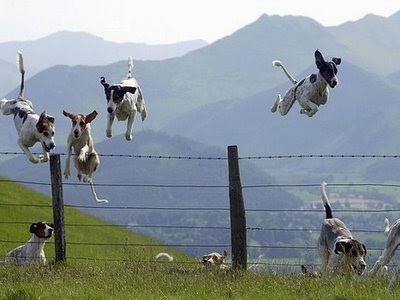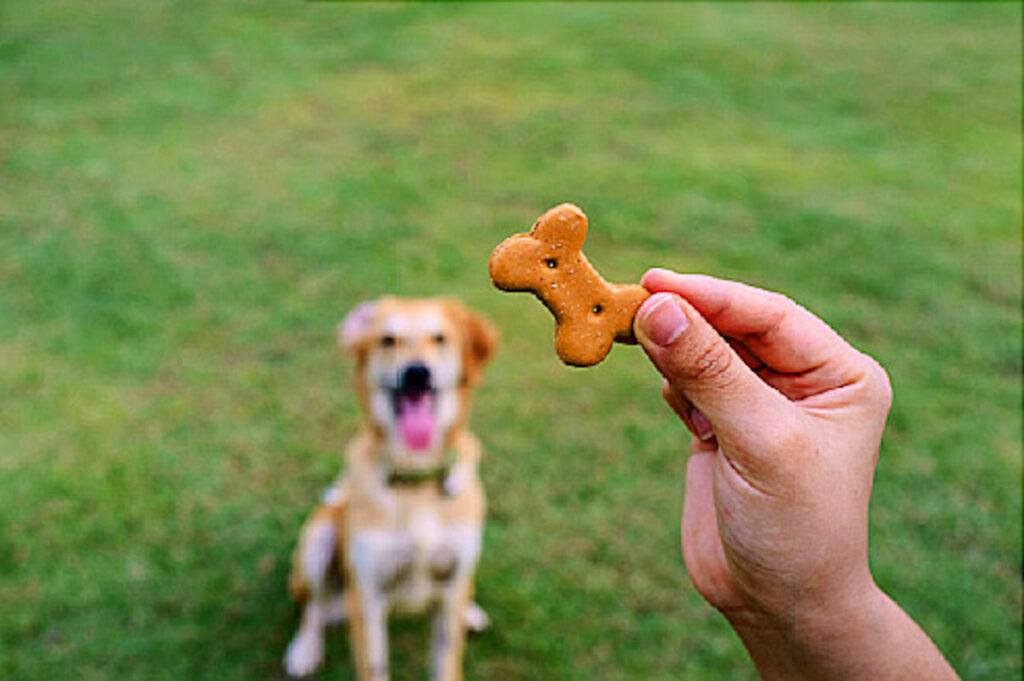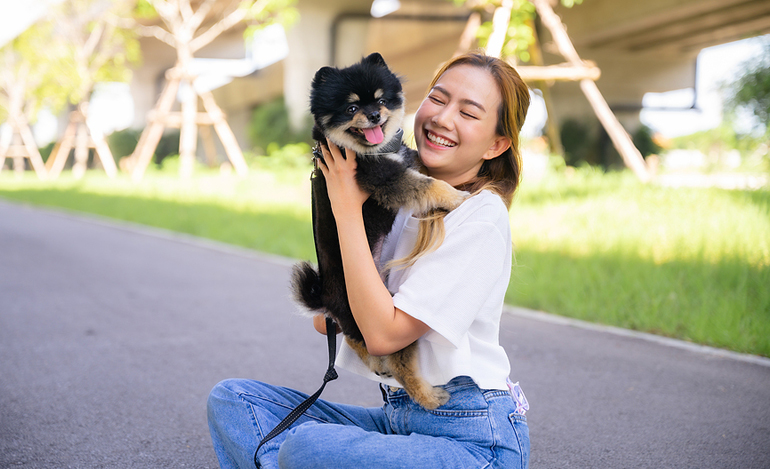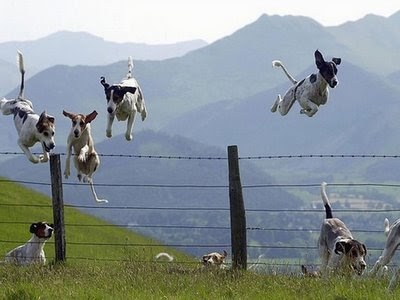
A few of the links in this post are affiliate links. If you buy something, we may earn a small commission (no extra bones from your wallet 🐾). Thanks for helping support the site and all of the dog adventures!
We’re going to dive into why your furry best friend might decide to take an unsupervised excursion. Think of it this way: your dog’s urge to explore isn’t just about curiosity, it’s also about instincts.
They have a deep-rooted impulse to roam that can be traced back to their ancestors. It’s essential to know what’s going on in their heads if we want to prevent unwanted getaways. We’ve got your back with our best advice on how to keep your dog from running away.
You’re going to find out about the common reasons that might trigger your dog’s wanderlust. Perhaps they’re bored and looking for adventure, or maybe it’s an issue with their environment that’s making them restless.
It could also be a sign of a deeper problem, like separation anxiety or lack of full stimulation. If you have a dog that has been tempted to run away, you need to consider what their environment is like in order to get to the bottom of what they want or need.
Certain environmental and behavioral elements can significantly increase the chances of your pup playing Houdini. Elements like an open gate or an easily jumpable fence are open invitations.
But it’s not just physical circumstances; it’s also about how they spend their days. Without proper engagement, your dog might look for entertainment elsewhere.
Finally, we can’t ignore the fact that some breeds have a stronger propensity to escape than others. Your bloodhound or husky might just be answering the call of the wild a bit louder than a toy poodle. But regardless of breed, individual temperament plays a crucial role.
Knowing your dog’s unique personality is key to keeping them safe and sound at home. Along with this certain breeds need more stimulation than others. So if you have a working dog, you better make sure that you are providing enough for them to do otherwise they may start planning their escape routes.
A secure yard is essential to stop escapes. See how in Dog-Proofing Your Home and Yard.
Looking for fresh dog food delivered? Click here.

Proactive Measures to Prevent Escape Attempts
You’re going to find out about the importance of creating a secure and stimulating environment for your dog to help prevent escape attempts. This isn’t just about putting up a fence; it’s about addressing the underlying reasons dogs try to run away in the first place. But fences surely can help.
High-quality fences and well-maintained gates are the first line of defense. It’s essential to regularly inspect these barriers for any gaps or weak spots that an adventurous pup could exploit.
And remember, some breeds are incredible diggers or jumpers, so strategies like deep fence foundations or adding angled fence toppers can be invaluable.
In our opinion, training should be the cornerstone of your prevention plan. Consistent training and reinforcement go a long way in establishing boundaries.
Use regular sessions to teach your dog commands that can prevent escape, such as ‘stay’ or ‘come’ when called. Let them understand that outside of your property is out of bounds, and that they should not run astray.
Bonding is your secret weapon. Choose activities that both you and your furry friend enjoy to strengthen your relationship. A dog that feels connected to its owner is less likely to wander off in search of social interactions or adventures.
If you maintain a fun and healthy loving relationship with your dog, then the need for them to look for attention elsewhere diminishes.
Lastly, don’t overlook the power of mental and physical stimulation. Boredom is a common reason dogs try to escape. Engage your dog with plenty of exercises and use puzzle toys to keep their mind sharp.
With their energy positively channeled, they’ll be more inclined to relax at home rather than seeking stimulation elsewhere.
If your dog does slip away, tech can help you find them quickly. Explore Smart Collars and GPS Trackers.

Training Techniques: Encouraging Your Dog to Return
In our opinion, training your dog to respond to recall is one of the most crucial skills you can instill. It’s not just about keeping them safe; it’s about strengthening the bond you share. Let’s go over the foundational steps for developing a strong ‘recall’ command.
Positive reinforcement is magic here. Every time your dog comes back to you when called, a reward should be waiting. This reward can be an affectionate pat, a favorite treat, or a play session with their beloved toy. Consistency with rewards is key to making this work. You want them to want to come to you, and the best way to do this is rewarding them when they do.
Creating an environment that makes your dog want to return is essential. This means ensuring they have a comfortable and secure home, as well as a happy and loving atmosphere. If your dog feels content, they’re less likely to wander off and more likely to come back when you call.
Avoid negative reinforcements at all costs. If your dog does wander off, resist the impulse to scold them when they return. This could associate coming back with negative consequences and make them hesitant to come to you in the future. Always maintain a loving relationship and your pup will want to stay.
Even with prevention, accidents happen. Be prepared with What to Do if Your Dog Gets Lost.

Conclusion: Fostering a Fulfilling Relationship with Your Dog
If you’ve followed the steps laid out, you’re setting yourself and your furry companion up for success. Keeping your dog from running away isn’t just about securing your yard or mastering the recall command; it’s about building a strong, trusting relationship. Remember, dogs are social creatures that thrive on companionship and engagement.
Routine and consistency are your best friends in ensuring your dog’s safety and happiness. Daily exercise and mental stimulation, alongside reliable recall training, contribute significantly to a well-adjusted pet. Sure, this requires dedication and patience, but the peace of mind knowing your dog is safe and content is truly priceless.
You might feel overwhelmed at first, but don’t worry too much about getting everything perfect from the get-go. You can always adjust your approach down the road as you learn more about your dog’s unique personality and needs.
The time and effort you invest today in preventing your dog from running away helps ensure many joyful years together. So, stick with it, and don’t hesitate to seek guidance from professionals if needed.
The joy of seeing your dog contentedly napping by your side, rather than plotting their next escape, is more than worth the effort. As you work on these preventative measures and training techniques, you’re not only mitigating risk – you’re enhancing the quality of life for you and your best friend.
Always choose something that resonates with both of you, and remember: the bond you’re reinforcing is the most effective leash of all.
Strong prey drive can lead to running off. Learn strategies in How to Stop Dog from Chasing Cat.
Looking for fresh dog food delivered? Click here.

